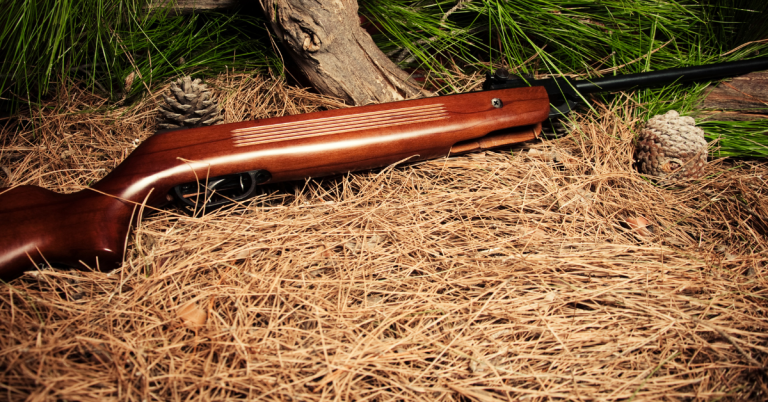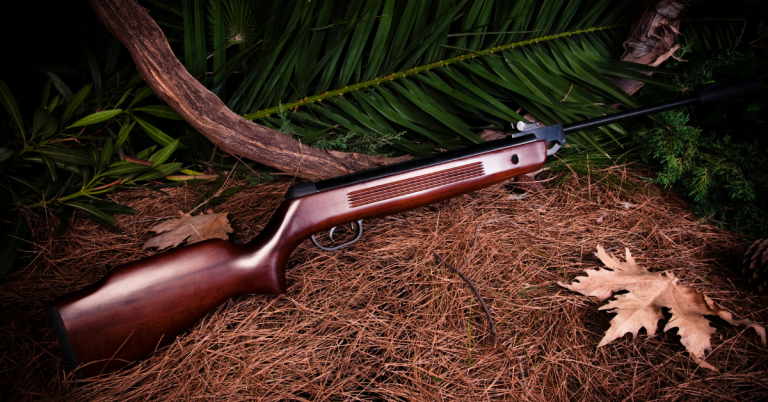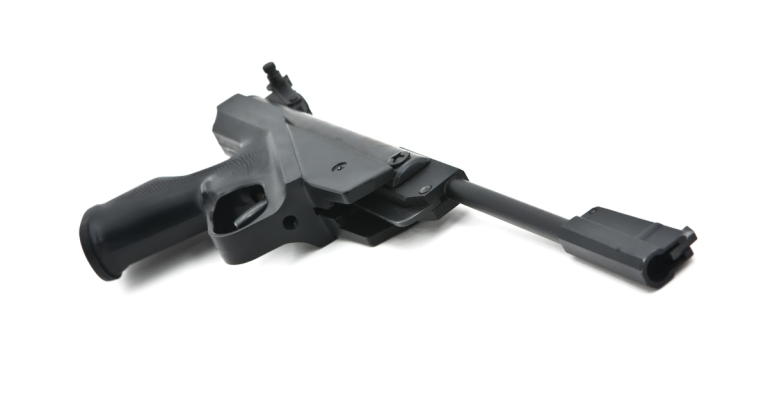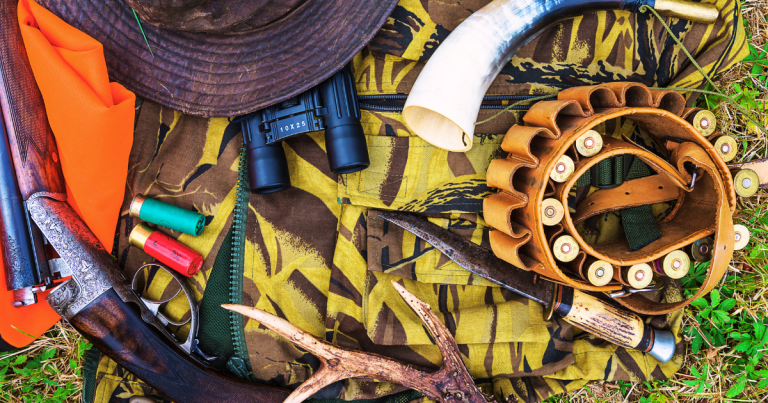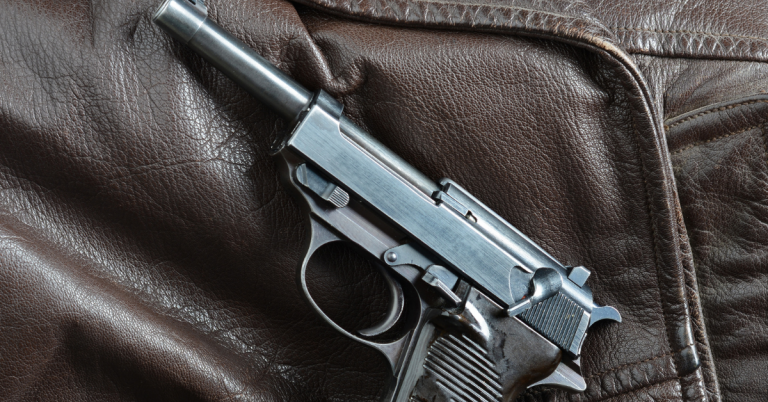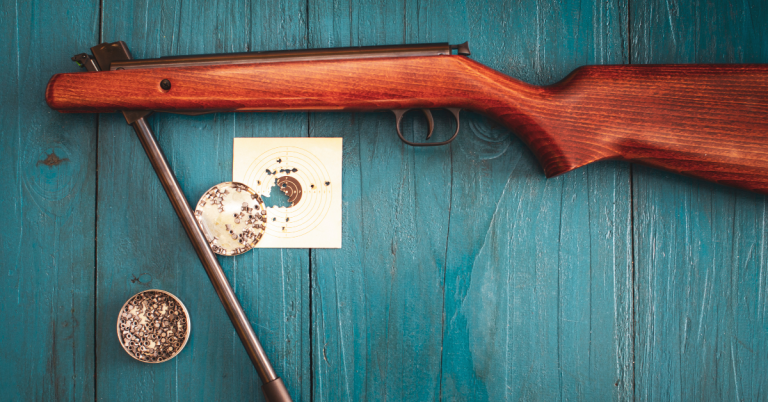How do you select the right pellets for your air rifle?
When it comes to air rifle shooting, whether for sport, competition, or hunting, the choice of right pellets for you air rifle is as crucial as the choice of the rifle itself. The right pellet can enhance accuracy, ensure cleaner kills, and provide a better overall shooting experience.
Understanding Pellet Types
1. Match Pellets: Designed for target shooting, these pellets have a flat head that punches neat holes in paper targets.
2. Domed Pellets: These are versatile pellets suitable for both hunting and target shooting, offering good aerodynamics and energy transfer.
3. Pointed Pellets: With a design that promotes penetration, these pellets are used for hunting, providing a deep impact on game.
4. Hollow-Point Pellets: These expand upon impact, making them ideal for hunting as they create a larger wound channel.
Material Matters
Pellets are typically made from lead or lead-free alternatives like tin. Lead pellets are popular due to their density and malleability, which contribute to a stable flight and good impact energy. However, for those concerned with environmental impact or shooting in areas where lead is restricted, lead-free pellets offer a viable alternative.
Caliber Considerations
The caliber of the pellet must match your air rifle’s specifications. Common calibers include .177, .20, .22, and .25. The .177 is favored for target shooting due to its flat trajectory, while .22 and .25 are preferred for hunting because of their higher impact energy.
Weight and Shape
The weight of the pellet influences its flight path and stability. Lighter pellets tend to have a flatter trajectory but can be more affected by wind. Heavier pellets provide more stability and energy transfer, making them suitable for hunting at longer ranges.
The shape of the pellet also affects its performance. For instance, diabolo-shaped pellets, characterized by a narrowed waist and flared tail, are known for their stability and accuracy.
Testing and Selection
The best way to find the right pellet for your air rifle is through testing. Buy a selection of pellets and shoot groups with each type to see which provides the best accuracy and consistency. Keep in mind that every air rifle is unique, and what works well in one may not perform the same in another.
FAQs
How does the hardness of pellet materials affect performance and barrel wear?
Different materials have varying levels of hardness, which can influence how a pellet interacts with the air rifle’s barrel. Softer materials like lead may lead to less wear over time but can also deform more easily upon impact, affecting accuracy. Harder materials may maintain their shape better, providing consistent performance but potentially causing more wear to the barrel.
Can weather conditions influence the choice of pellets?
Yes, weather conditions like temperature and humidity can affect the density of the air, which in turn can influence the pellet’s flight. In colder weather, denser air may require a heavier pellet for optimal performance, while in warmer conditions, a lighter pellet might be more suitable.
What is the environmental impact of using lead pellets, and are there any regulations to be aware of?
Lead pellets can be harmful to the environment as they can contaminate soil and water sources, posing a risk to wildlife and humans. Some regions have regulations limiting or banning the use of lead pellets, so it’s important to be aware of local laws and consider using lead-free alternatives when necessary.
How does pellet lubrication affect shooting performance?
Lubricating pellets can reduce friction between the pellet and the barrel, potentially leading to higher velocities and improved accuracy. However, over-lubrication can attract dirt and debris, which may have the opposite effect. It’s crucial to find a balance and use the appropriate amount of lubricant for your specific pellets and rifle.
Is there a difference in performance between domestically produced and imported pellets?
The performance of domestically produced versus imported pellets can vary based on factors such as quality control, material composition, and manufacturing processes. It’s recommended to test different brands and origins to determine which pellets work best with your particular air rifle.

